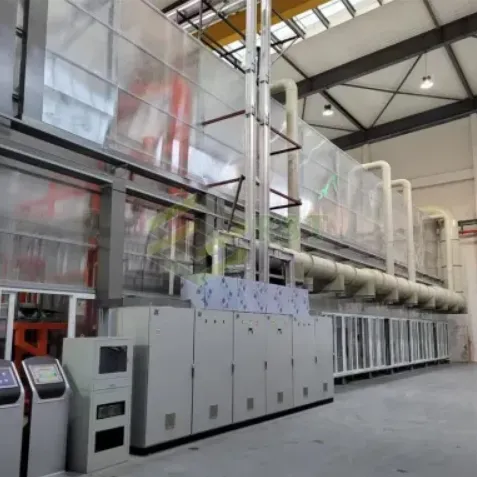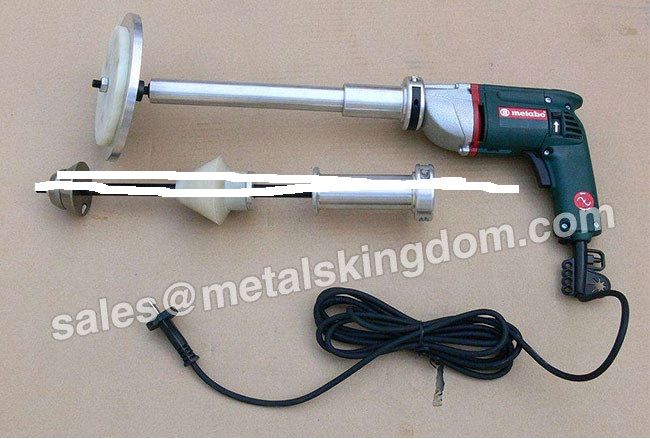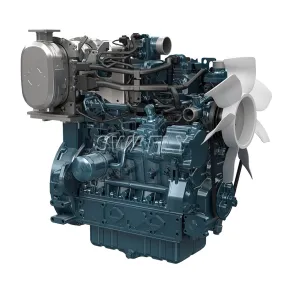How does metal plating machines work?
Metal plating machines, also known as electroplating machines, operate based on the principles of electrochemistry. The electroplating process involves depositing a thin layer of metal onto the surface of another material, often referred to as the substrate. This method is widely used in various industries to enhance the properties of materials, such as improving corrosion resistance, providing decorative finishes, or achieving better conductivity. Here is a concise explanation of how metal plating machines work:
Preparation of Components: The process begins with the thorough cleaning of the substrate to ensure that the metal plating adheres properly. Any contaminants, such as oils or oxides, must be removed from the surface through cleaning, typically involving chemical treatments or ultrasonic baths.
Plating Solution: A plating solution, also known as an electrolyte, is prepared. This solution contains metal ions of the desired plating material (e.g., copper, nickel, chromium) along with other chemicals to facilitate the electroplating process. The choice of plating material depends on the intended purpose and properties required for the final product.

Setup of Electroplating Cell: The metal plating machine line consists of an electroplating cell, where the substrate and a metal anode are immersed in the plating solution. The substrate acts as the cathode in this electrochemical cell.
Electrochemical Reaction: When an electric current is applied, a redox (reduction-oxidation) reaction occurs at the cathode (substrate) and anode (metal source). Metal cations from the plating solution are reduced at the cathode, resulting in the deposition of a thin metal layer onto the substrate. Meanwhile, metal atoms from the anode go into the solution as ions.
For example, in copper electroplating, copper ions from the solution gain electrons at the cathode, forming a solid copper layer on the substrate:
Additional reading:Why Are Essential Oils Stored in Dark Glass Bottles?
Powering Progress: Advantages and Applications of Slip Ring Induction Motors
Understanding the Chill: Exploring the Difference Between AC and Chiller Systems
Prolonging Pump Life: When and How to Replace Slurry Pump Parts
Pipe Rotators That Will Make Your Life Easier
Harnessing the Power of Cleanliness: The 55W UV Sterilizer
Tube Making Machine: Revolutionizing Manufacturing
Cathode Reaction: Cu^2+ + 2e^- → Cu (solid)
Anode Reaction: Cu (solid) → Cu^2+ + 2e^-
Controlled Thickness and Quality: The electroplating process is carefully controlled to achieve the desired thickness of the plated layer. Factors such as plating time, current density, and temperature are monitored to ensure uniform and high-quality plating.
Finishing and Post-Treatment: Once the electroplating is complete, the plated component is removed from the plating bath and undergoes post-treatment processes, including rinsing, drying, and possibly additional treatments like polishing or coating for improved durability.
In summary, metal plating equipments utilize the principles of electrochemistry to deposit a layer of metal onto a substrate, enhancing the properties of materials for various industrial applications. The process involves careful preparation, electrochemical reactions, and controlled parameters to achieve the desired quality and functionality of the plated material.
Why Your Warehouse Needs a Rotary Arm Pallet Wrapping Machine
How to Choose the Right Concrete Batching Plant for My Construction Project?
Are Fiber Laser Cutting Machines the Future of Precision Manufacturing?
What are the Benefits of Electrical Actuators?
What Robotic Soldering Can Do to Your Electronics Manufacturing Line
5 Key Considerations When Selecting a Robotic Soldering System
How to Choose a Hydraulic Cylinder Size?









